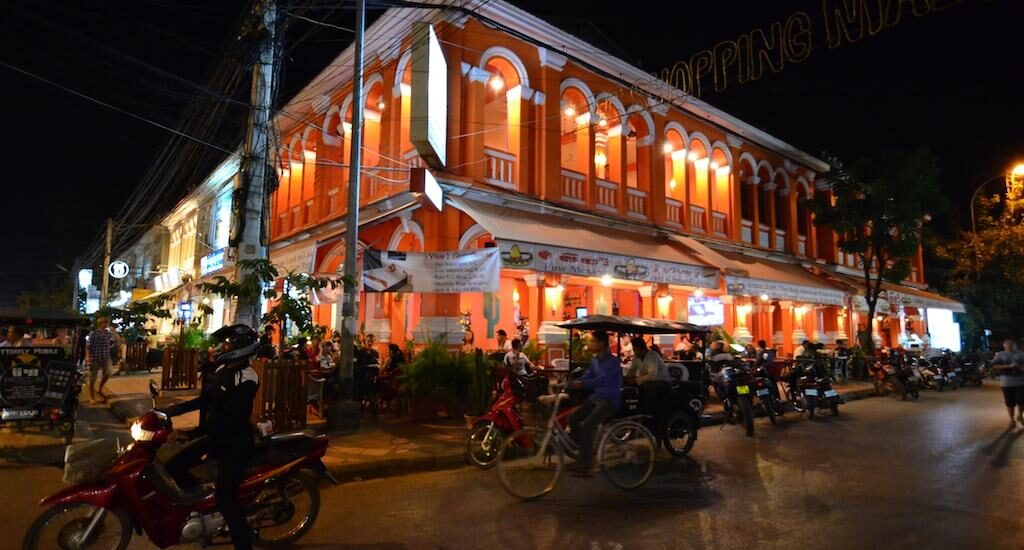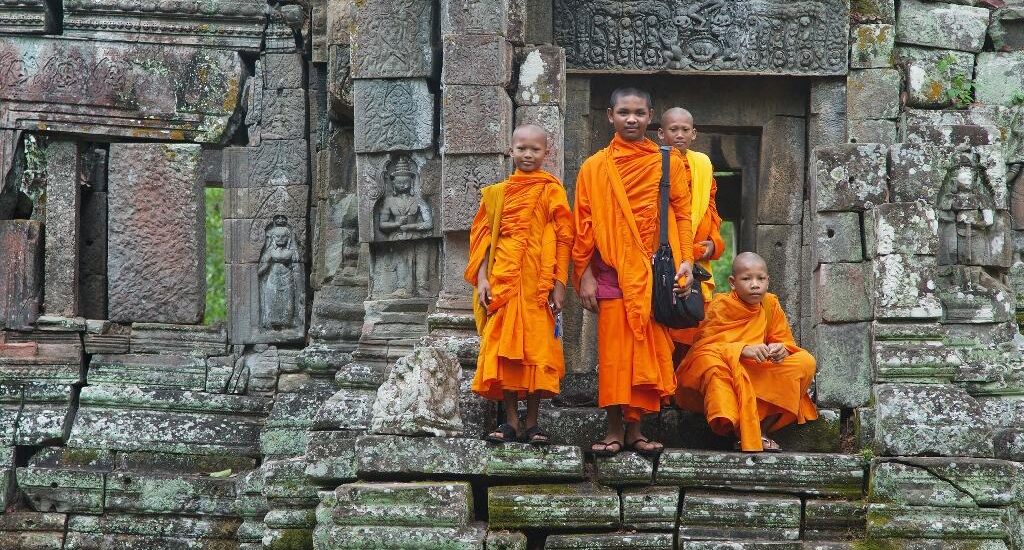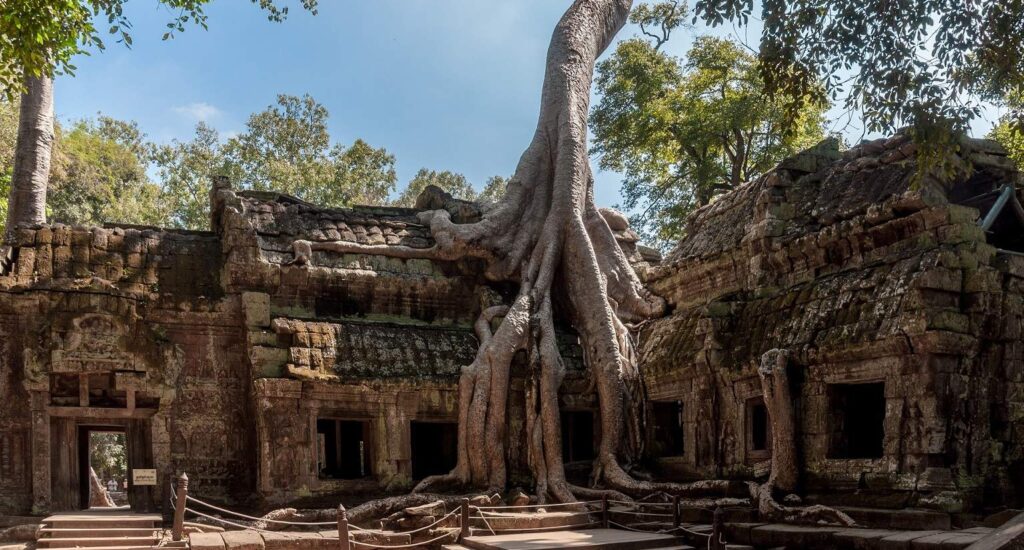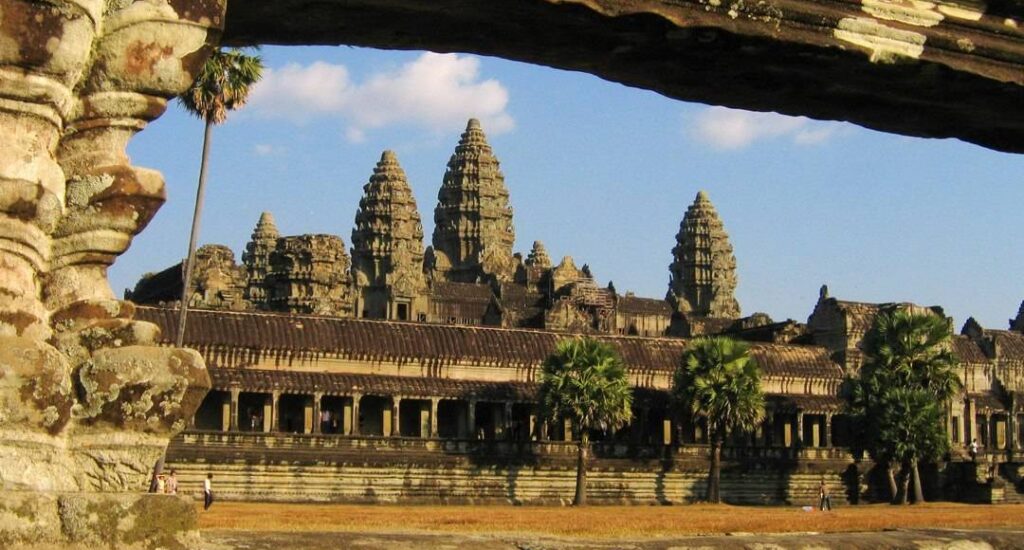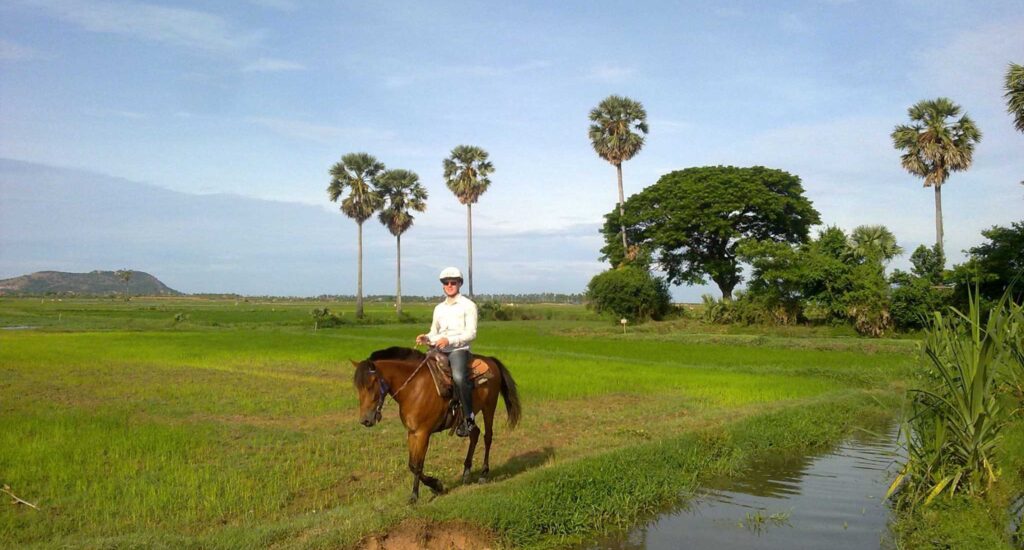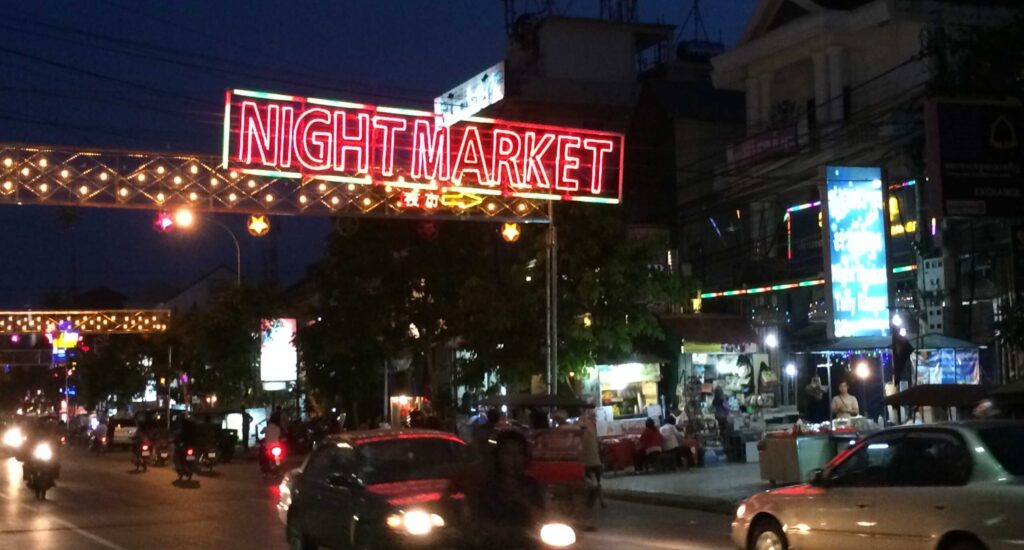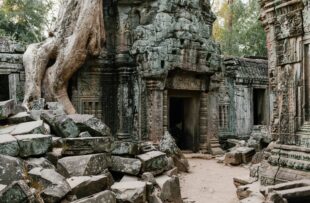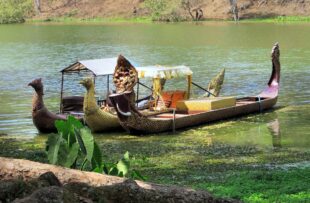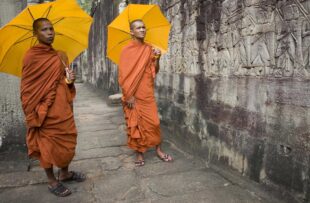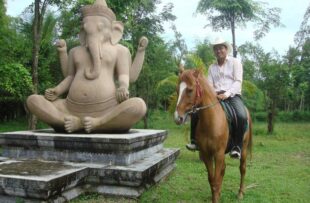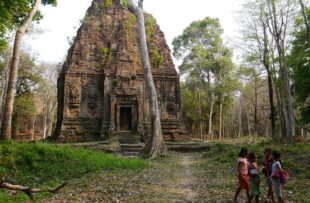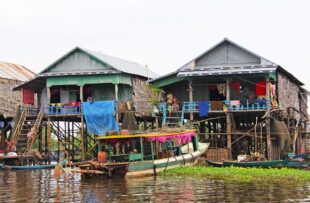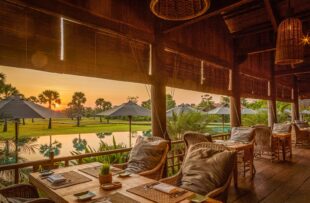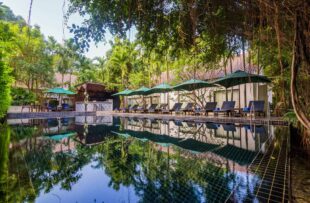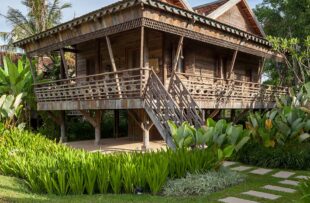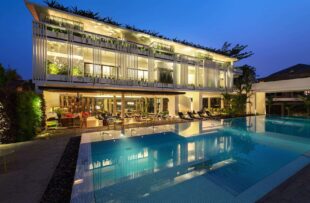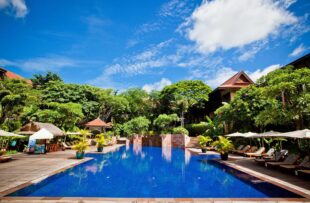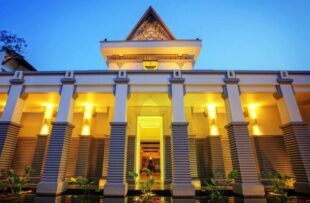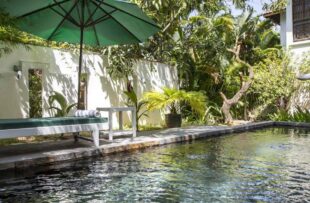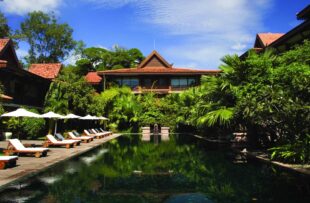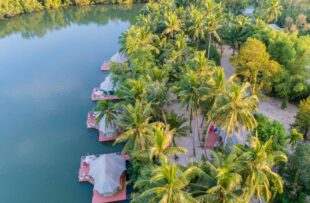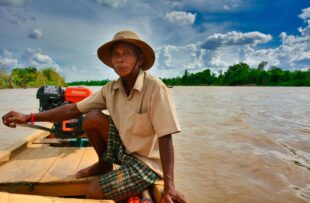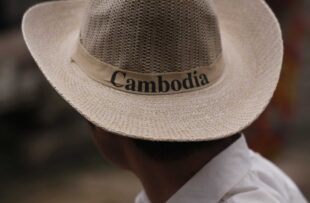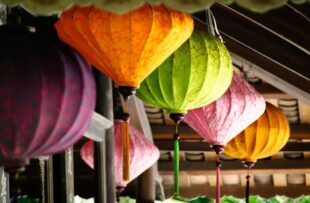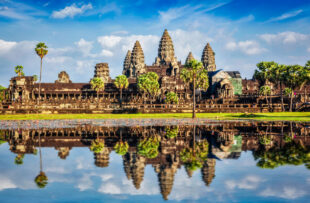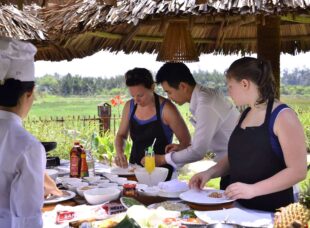When French naturalist & explorer Henri Mouhot visited Angkor in the 1840’s, he wrote:
“It is grander than anything left to us by Greece or Rome, and presents a sad contrast to the state of barbarism in which the nation is now plunged. At [Angkor], there are ruins of such grandeur that, at the first view, one is filled with profound admiration, and cannot but ask what has become of this powerful race, so civilised, so enlightened, the authors of these gigantic works?”
The awe-inspiring temples of Angkor constitute the most important and impressive historical site in Asia – a simple statement of fact. Many falsely assume that it is just the one temple – Angkor Wat, the world’s largest religious monument – but in fact there are more than 1,000 structures in the area, all built between the 9th and 13th centuries. This is the sacred skeleton of what was once the social, religious and administrative centre of the Khmer Empire and the scale is vast. Many of these ruins were not technically temples, but rather the remains of a vast ancient city which include places of worship, learning and healing – immense building projects undertaken by successive Khmer kings. There remains little evidence of the inhabitants of what was one of the biggest cities on earth in its time – a million people are estimated to have lived at Angkor at a time when London only had a population of barely 50,000. This is because the people – from slaves to the King himself – lived in wooden structures, all of which have long-since vanished.
The centrepiece, Angkor Wat, is without doubt the most impressive in scale, but not always cited as the most memorable. This accolade is often reserved for Ta Phrom, or The Bayon, or Banteay Srei, or some other remote complex of ruins you happen upon as they are caught by the late-afternoon sun. For a site of such international renown, exploring the temples ruins can be a spiritual and deeply personal experience.
Your base for exploring the complex is the nearby town of Siem Reap, located just a couple of miles down the road. The town itself is of little historical importance, as for many years it was simply a dusty French-accented backwater. However, while Siem Reap may be struggling to retain its small town charm, its opulent resorts, sophisticated restaurants, chic bars and exclusive shops are evidence that it has become a destination in its own right.
As well as the perfect base to explore the temples of Angkor, there are also plenty of activities beyond the temples to warrant a longer stay in the region. Indeed, most visitors only come to Siem Reap for two or three days, but many find that this not enough to explore the temples and still have time to enjoy the lively town, nearby Tonle Sap Lake and its idyllic rural surrounds.


